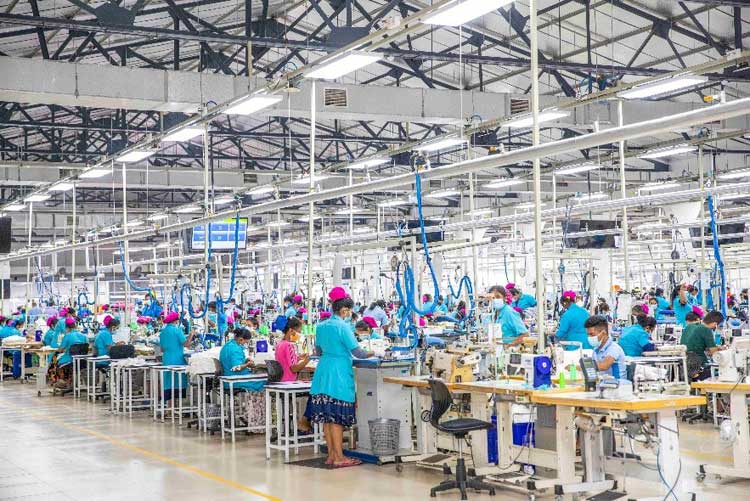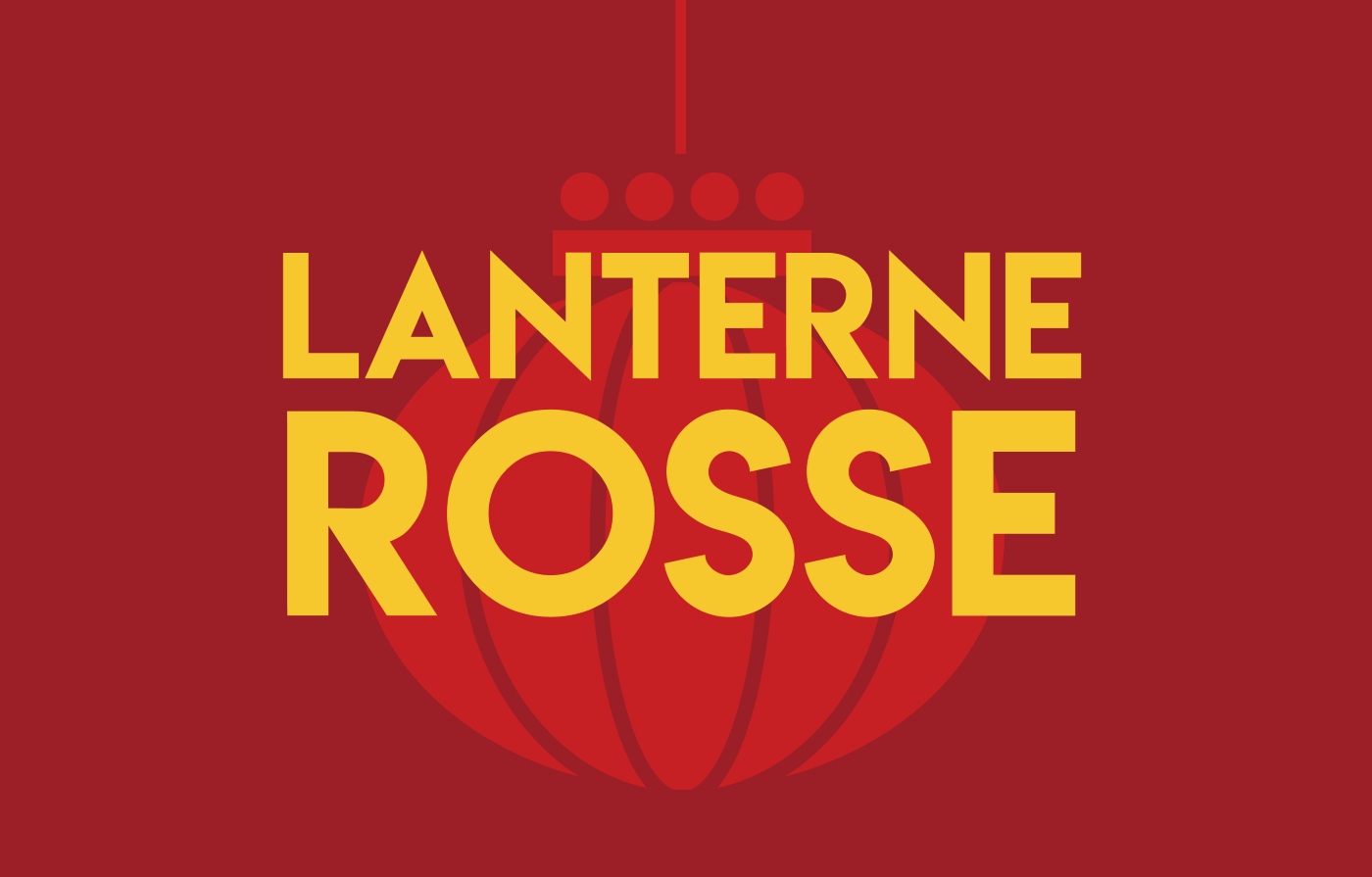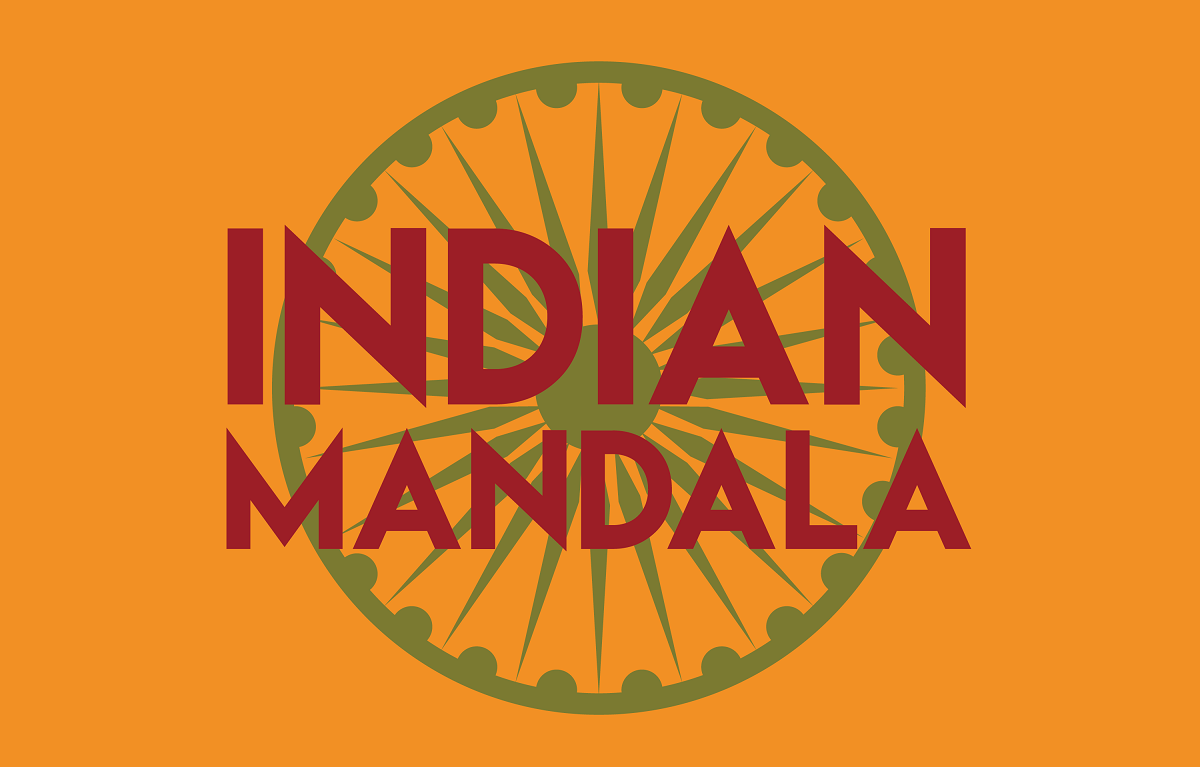Trump's tarrifs torpedo the textile industry. Tsunami effect on the local economy
According to the Joint Apparel Association Forum, the 44% tariffs imposed by the White House risk causing a serious setback. Textiles make up 64% of Sri Lanka's exports for 1.8 billion dollars in 2023, with possible losses of up to 300 million dollars. Far-reaching impacts also for rubber and other sectors.
Colombo (AsiaNews) - The long arm of the tariffs imposed by US President Donald Trump also risks sinking the export sector in Sri Lanka, with experts and operators looking to a (near) future with a dark cloud over it.
The alarm has been raised by the Joint Apparel Association Forum (JAAF), according to which the clothing sector - the island's largest export industry - is preparing to suffer a serious setback. This is due to the 44% increase in reciprocal import duties, a move that could erode competitiveness, significantly disrupt the sector and put thousands of jobs at risk.
With clothing representing 64% of Sri Lankan exports, worth around 1.8 billion dollars in 2023, the sector is likely to suffer the greatest impact from the increase in tariffs that will come into effect today, 9 April.
Furthermore, the United States is the largest market for textiles from the island, accounting for over 40% of total exports. In this regard, the Colombo government has already begun consultations with industry and other stakeholders to determine an appropriate course of action, while remaining within the limits of the International Monetary Fund (IMF) programme.
According to Yohan Lawrence, Secretary General of JAAF, ‘this tariff level is extremely high compared to regional competitors. With the tariffs coming into effect almost immediately, the impact will be swift and heavy. We can see the share of US business shifting to countries with lower tariffs than Sri Lanka.
This volume of business cannot be replaced by other markets. The situation is serious and must be addressed urgently at the national level, because thousands of people will soon lose their jobs.
Economists Sampath Dassanayaka and Himashi Alwis, interviewed by AsiaNews, state that ‘according to data analysed by scholars using the World Bank's “Smart” partial equilibrium model, Sri Lankan clothing exports to the United States could decrease by about 20% (over 300 million dollars).
Clothing could suffer a further loss of competitiveness, given that the 44% tariff on its exports is significantly higher than those imposed on key competitors such as Bangladesh (37%) and India (26%)’.
‘Over the years, Sri Lanka's clothing industry has been one of the main sources of foreign exchange earnings, generating .95 billion in 2022 and billion in 2024. The US market contributes to 70% of this foreign currency flow, about 3.5 billion dollars in 2024.
With the increase in customs tariffs, clothes made in Sri Lanka could become uncompetitive on the US market and customers could move to other countries. This could have - conclude Sampath and Himashi - a serious impact on jobs and a blow to foreign direct investment (FDI), which is badly needed’.
Meanwhile, the Colombo Rubber Traders Association (CRTA) warns that the 44% tariffs imposed by the White House on all imports from the island should have a far-reaching impact on rubber farmers, their families and the Sri Lankan economy.
Being a key export sector, he warns, the natural rubber industry ‘contributes significantly to employment and foreign exchange earnings. The current tariff is 12.5% and the addition of 44% will bring the total tariff to 56.5%, making our rubber exports highly uncompetitive in the US market’.
In 2023 and 2024, Sri Lanka's natural rubber exports to the US were valued at 1.2 million dollars, a significant contribution to the country's budget. However, the implementation of these additional taxes will end up eroding the competitiveness of the island's rubber products in the overseas market, leading to a continuous decline in revenues.
Economists Shirantha Malalasekera and Chaminda Senanayaka warn that the debt, originally scheduled for repayment in 2033, is now due in 2028. Therefore, ‘this new tariff is a devastating blow to the rate of economic growth necessary to meet these obligations and there is the possibility - they conclude - of a serious recession, similar to a devastating economic tsunami’.







.png)










